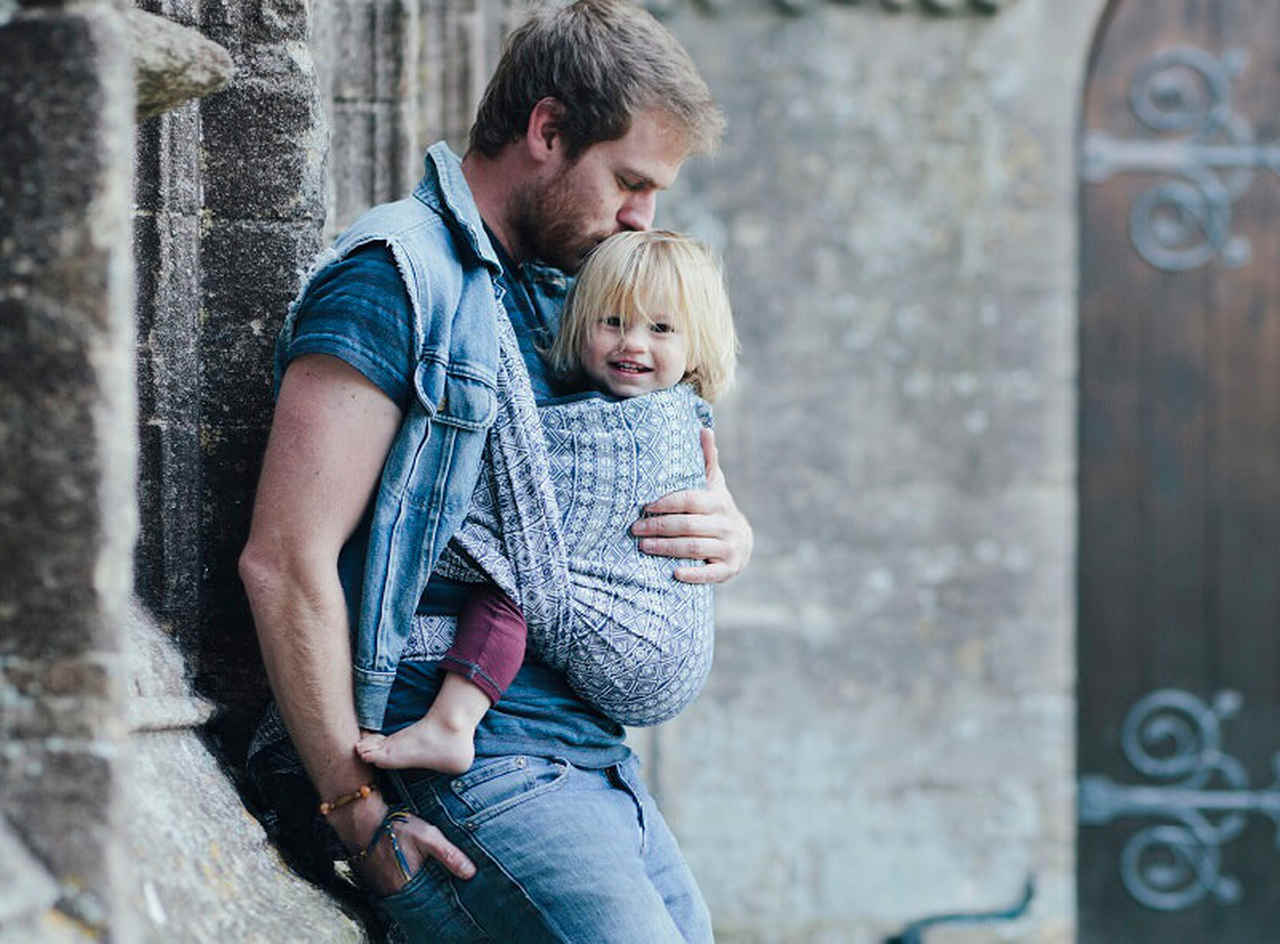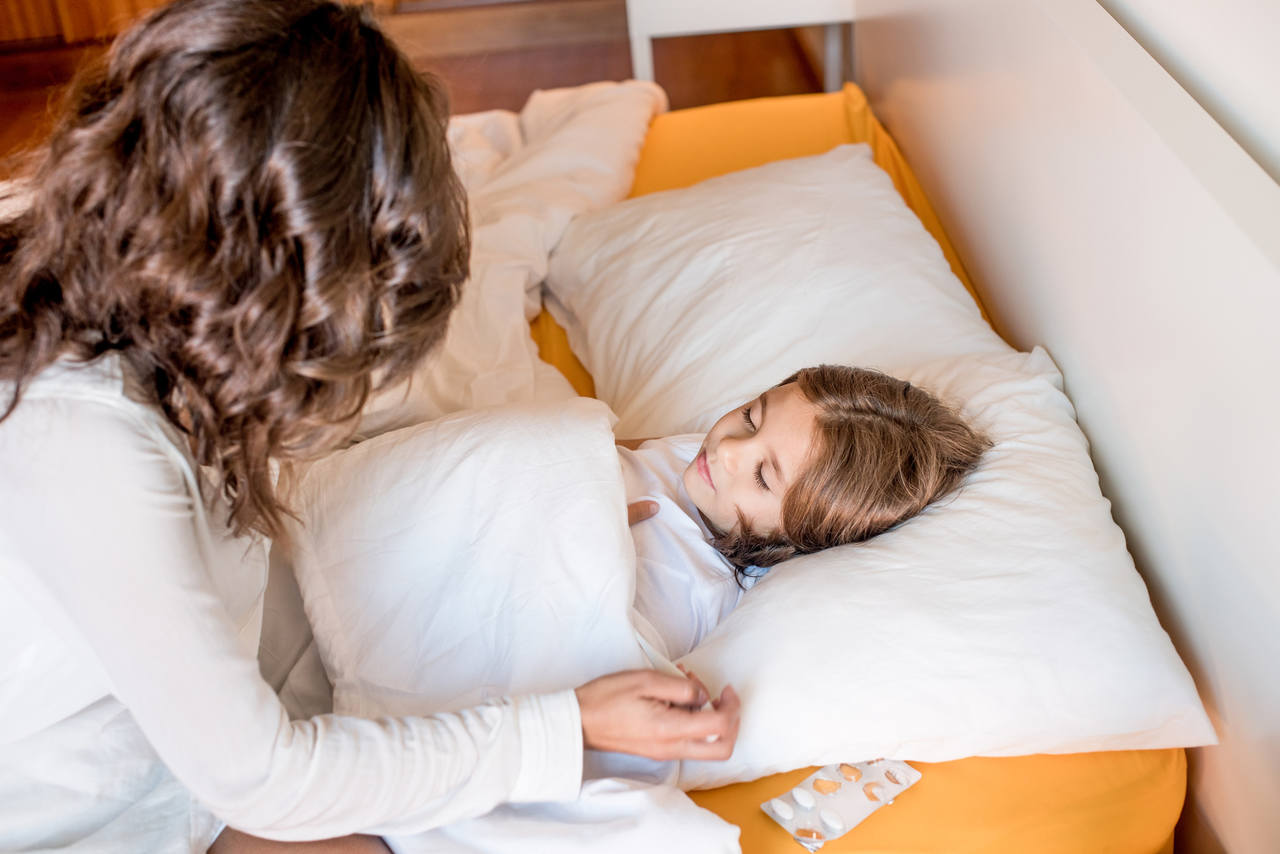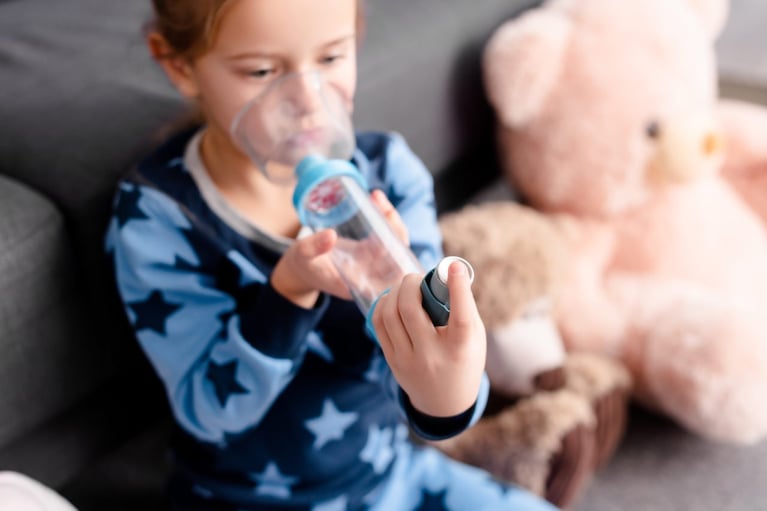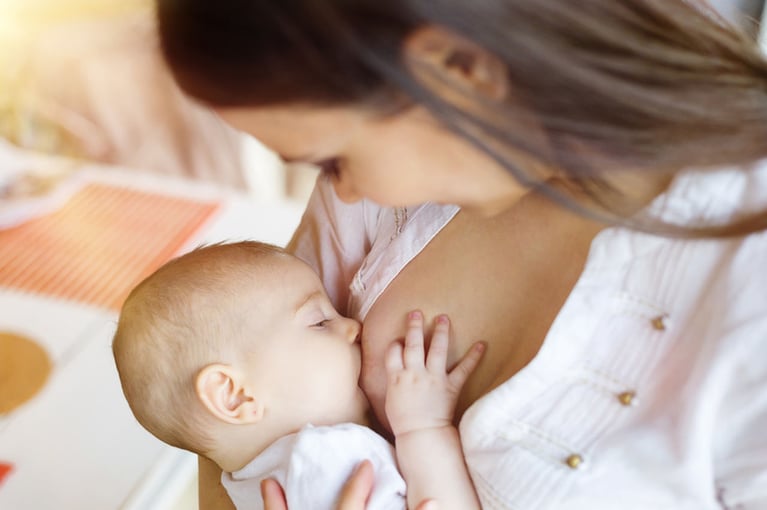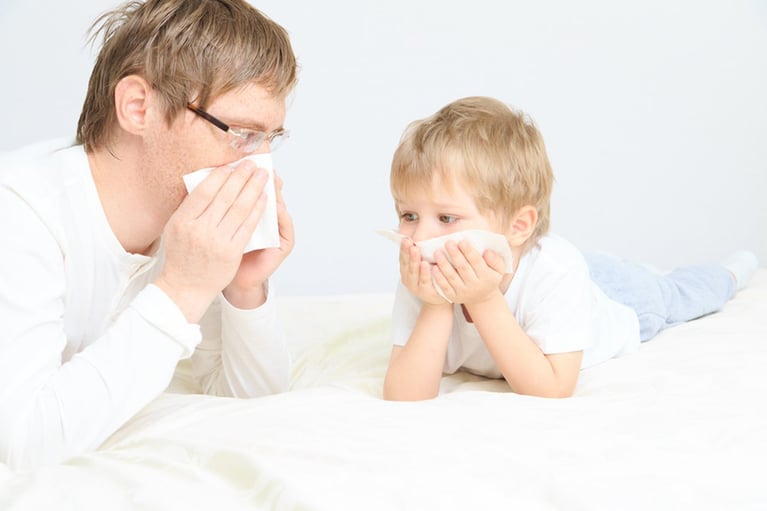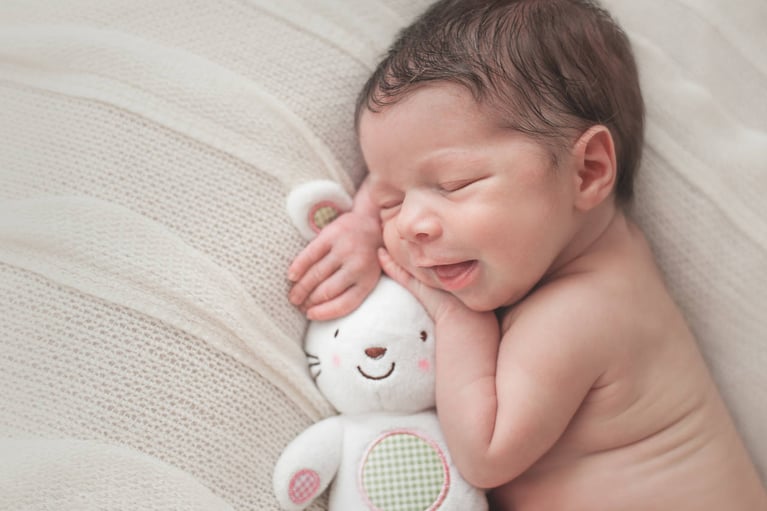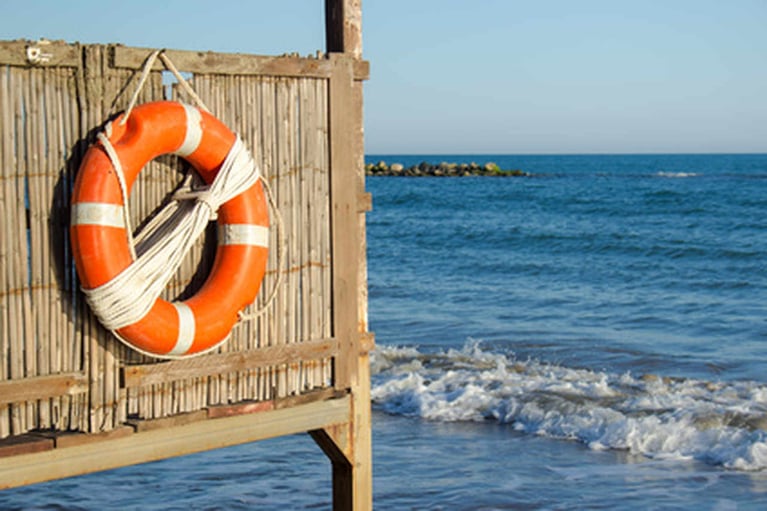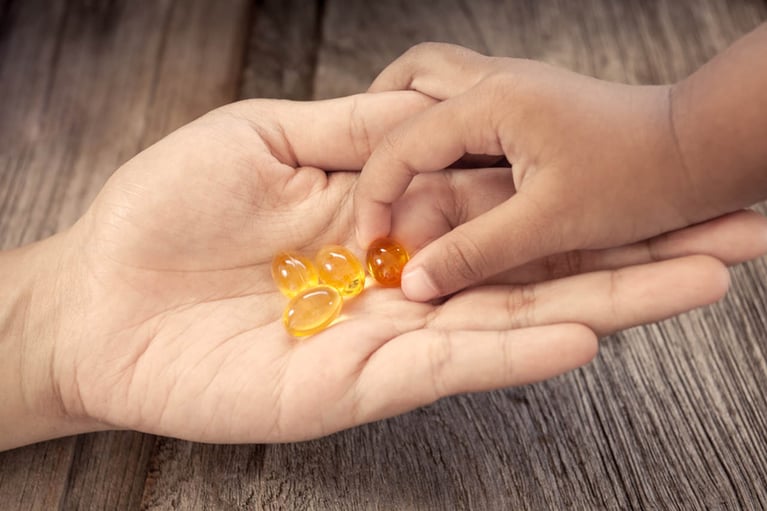If you are reading this text then you are probably a parent or a soon-to-be parent… Or maybe you are only planning to have children? Irrespective of your situation, it is worth becoming familiar with one of the top trends of modern parenting, that is, eco-parenting. It is not only about avoiding detergents and food additives, saving energy or using a bike instead of a car.
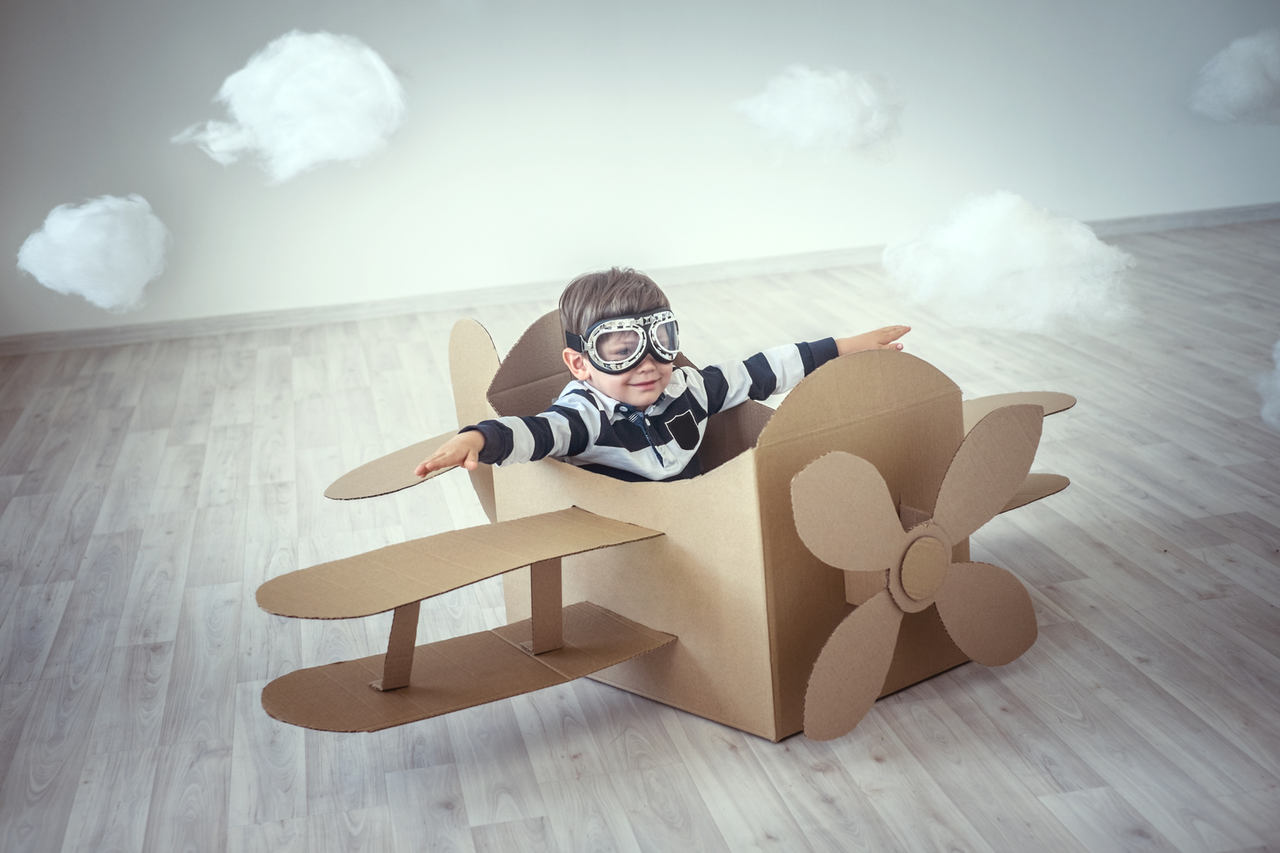
Yes, all these things are very good for protecting our natural heritage, but they are not everything. When most of us think about technology, we associate it with complex designs and even more complex production methods, but is there any place for ecology in it? Sure there is!
So, how can one make a starter kit for our little one that is worthy of calling it an eco-starter-kit of the 21st century? Here are several things worth considering!
Natural rubber dummy and teething ring
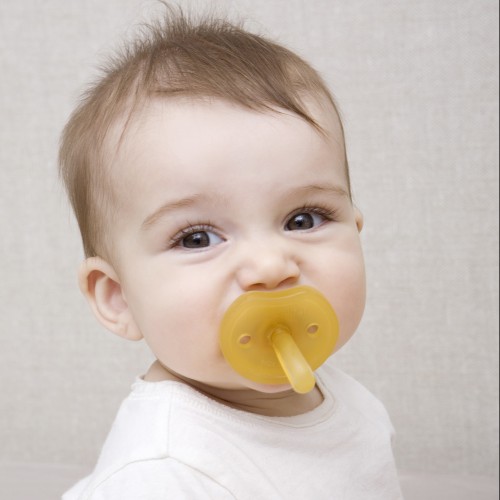
An absolute must have of every eco-parent! It is made of 100% natural rubber extracted from a hevea tree. You will not find any bisphenol A, PVC or phthalates in it. They are substances that are commonly found in plastics. In case of bisphenol A there exist claims that it can be a cause of certain diseases. Due to its molecular structure this substance is similar to a female hormone – oestrogen – and may thus bind to oestrogen receptors in human body, causing disorders and pathological conditions. PVC is a synthetic polymer. Phthalates, on the other hand, are used for producing resins and as plasticizers. In relation to their very widespread application, including, among others, in food packaging, some of them may increase the risk of asthma in children. It is worth mentioning that the decomposition of plastics takes from 100 to 1000 years and we surely do not want our children to live among heaps of waste in the future! Natural rubber is biodegradable and can be decomposed by microorganisms. Biodegradability decreases significantly the level of environment pollution caused by products manufactured by humans. Similarly to dummies, teething rings are made of natural rubber from rubber trees and are biodegradable.
Environmentally friendly disposable diapers
Do not realize how great is the environment pollution caused by the use of disposable diapers that are so convenient for every parent. A disposable diaper is made mainly of plastics – the external layer consists of polyethylene obtained from crude oil and the interior is made mainly of sodium polyacrylate, which is a very absorbent substance that turns moisture into gel. How long does it take for such a diaper to decompose? About 400 years! Fortunately, we have disposable eco-diapers made of corn starch and cellulose whitened with oxygen, not chlorine, which are not only convenient but also environmentally friendly. The diapers, similarly to rubber dummies and teething rings, are biodegradable. Therefore, by using them we care not only for our baby but also for the whole of our environment!
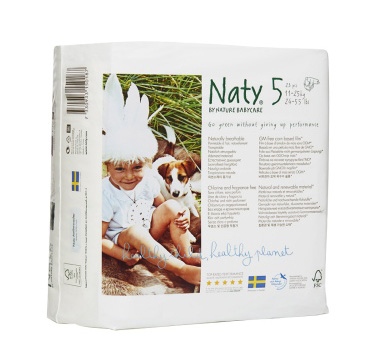
Paper cradle
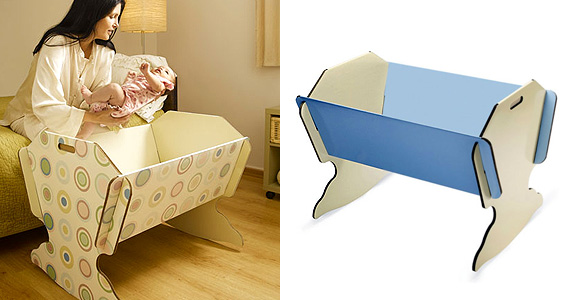
The idea of a paper cradle seems to be taken from children’s play. However, the Eco Cradle meets the European safety standards for baby beds. It is made of rigid cardboard and 60% of paper used for making it comes from recycling. This piece of furniture weighs only 4 kg and can be easily disassembled, so it is perfect, for example, for taking it on a trip. Paper is undoubtedly the best when it comes to environmentally friendly solutions!
Paper toys
test
It is worth mentioning both the toys made by parents at home when they play with their children and those made by experienced designers, provided with attestations and quality certificates, that encourage playing together in a way that is just as involving.
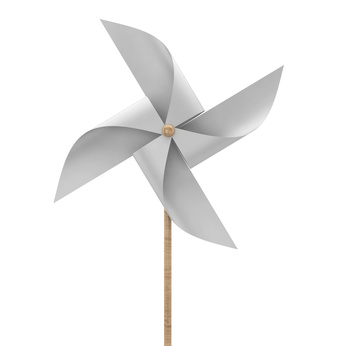
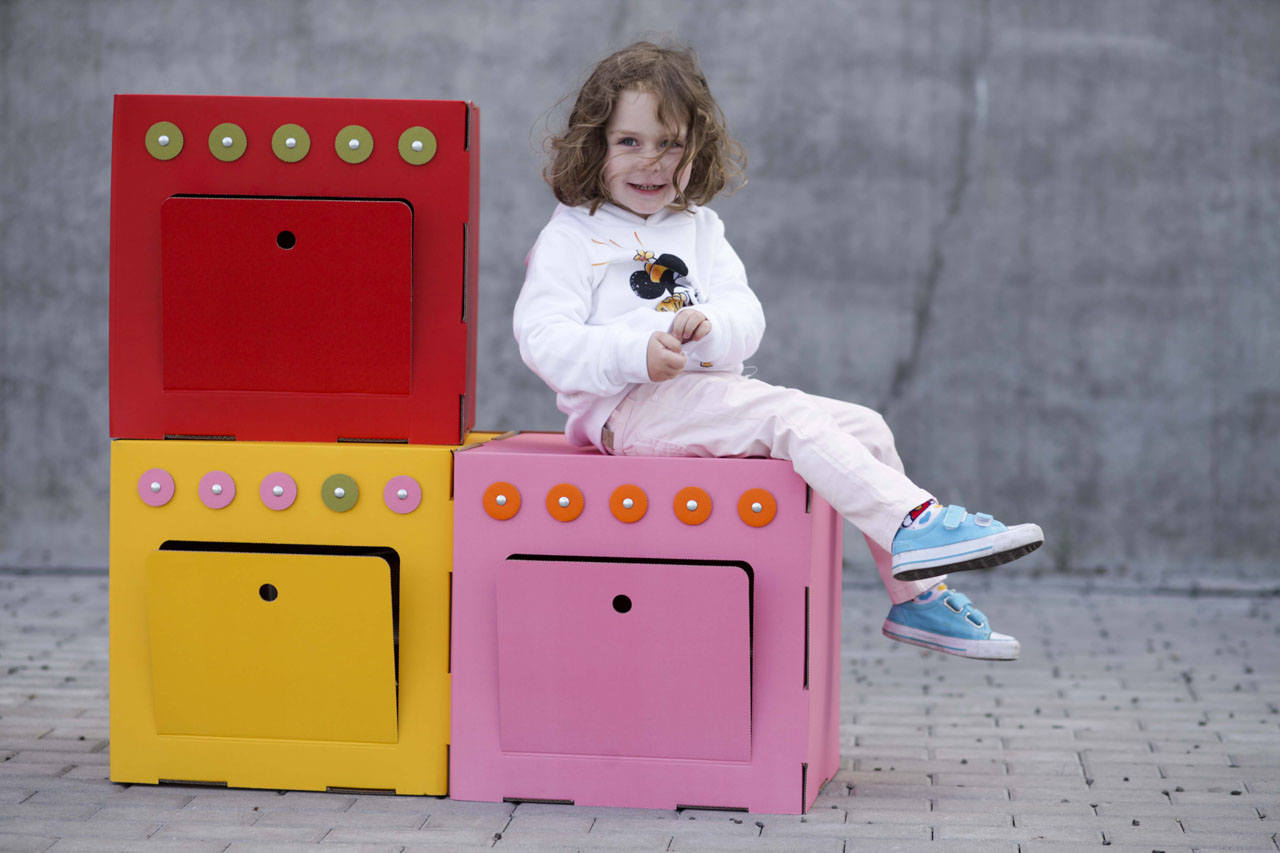
In the latter case we can use the products of the Trzymyszy company (trzymyszy.pl), which manufactures, among others, cardboard houses, cars and planes in maxi size, that is, big enough for our children to hide in, which they will eagerly do. Who of us did not like tree houses, sheds and other secret places to hide in when we were kids?
Paper is also used in the designs of the Dutch Kidsonroof company (studioroof.com), which makes three-dimensional objects made of 100% recycled cardboard. From prefabricated elements there can be assembled a butterfly, a puma, a horse, a deer or a tree (intended for older children). There are also maxi models for younger children who like playing with cardboard, for example a rocket that an avid space fan can enter and go on an imaginary journey to any asteroid they like.
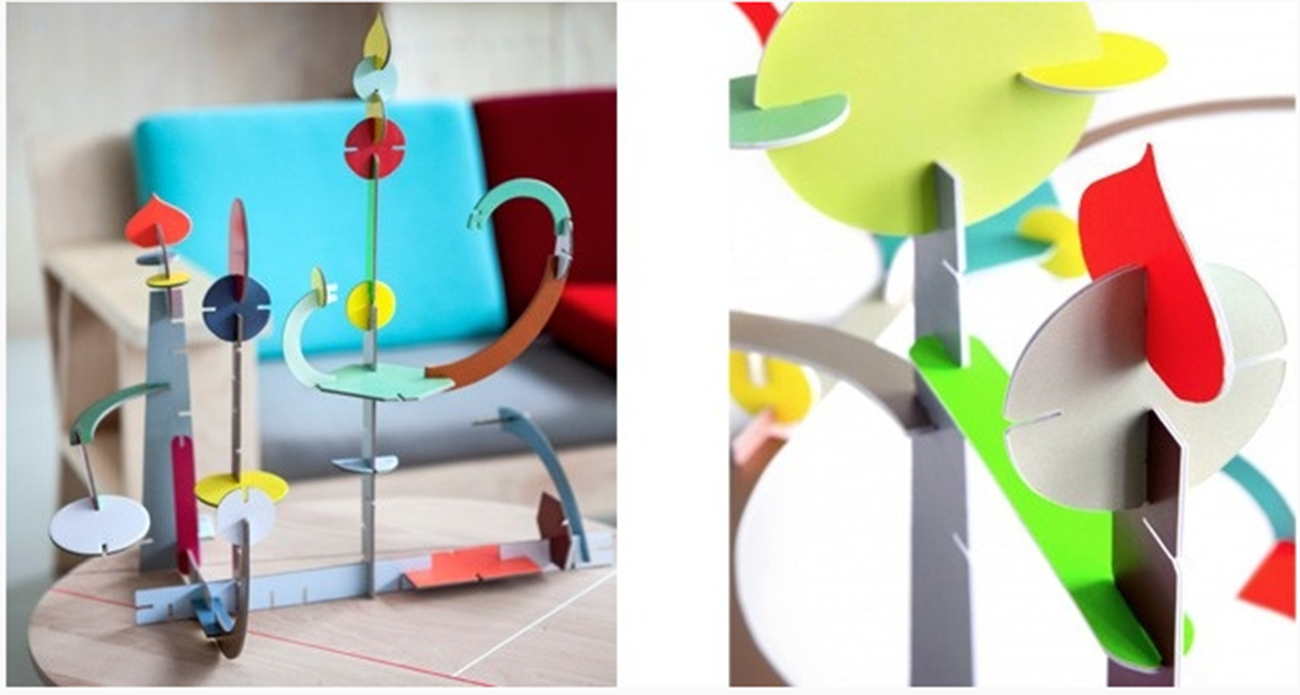
Telemedicine
Yes, this time we are going to talk not about an object, but about a service which in our country is not as popular as it is, for example, in the United States. Thanks to having remote contact with a medical professional, for example a paediatrician, pulmonologist or allergologist, we can consult them about our child’s condition without leaving home. Therefore we can save time by avoiding traveling by car or urban transport. Additionally, our child is not going to be exposed to contact with other sick children in the clinic. And finally, thanks to direct contact with specialist in a given field we can avoid unnecessary pharmacological therapy. This allows limiting the consumption of medicines, particularly antibiotics, which for eco-parents is almost a matter of honour! Telemedicine facilitates to a significant extent the care over allergic and asthmatic children, since thanks to the contact with a specialist we have a chance to obtain quick diagnosis and treatment appropriate for a given pathological condition.
One of the tools that make the contact between a physician and a little patient easier is going to be StethoMe®, that is, a home stethoscope enabling auscultation of a child’s respiratory system. Afterwards, we will be able to send or hand over in a simple manner the measurement from the device to a physician, who will recommend adequate therapy if they suspect any respiratory tract disease. We will not expose our child to the stress related to visiting the clinic and, additionally, we will reduce exhaust gas emissions to the atmosphere thanks to not having to use any means of transport. For an eco-parent, all savings are very important.
Surely one could enumerate some more eco-technologies that can come in handy in modern parenting. I encourage you to seek out and follow new eco-trends! We (that is, I, Małgorzata, my daughter Janina and my husband Roman) will soon make an attempt at home composting. For now, the electrical composter of the NatureMill company remains in the sphere of our dreams, but all this is still ahead of us! Keep your fingers crossed for us!
To finish, I would like to recommend as an inspiration the zerowastehome.com blog kept by Bea Johnson. Since 2008, her family has been producing only a jar of waste a year! Johnson is currently a consultant of companies such as Ikea or General Electrics and together with them she designs eco-technologies that are going to enable us to clean our planet, not pollute it!
May the eco-force be with you!


